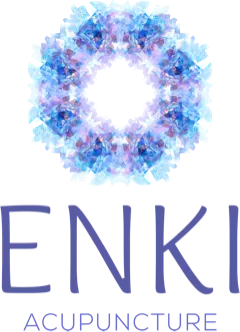
Classical Japanese Acupuncture
Acupuncture began in China several thousand years ago and gradually spread to surrounding countries. It's been practiced in Japan for 1,400 years.
Japanese acupuncture is based on the principle that imbalances in our internal energy meridians cause health issues. Treatments modify the flow of energy in our body to address the root cause of health challenges.
Whilst the classical theory of Japanese acupuncture has remained unchanged for centuries, the techniques have evolved with efficiency and precision.
In Japan, acupuncture was always a commercial venture and a specialised therapy, unlike China where it's been standardised into the mainstream healthcare system. This means Japanese acupuncture became intensely competitive and this has had a huge impact on how acupuncture is practiced today.
It uses ultra-fine single-use acupuncture needles which are inserted using a guide tube. This has made treatments become increasingly therapeutic. Patients are left feeling calm, relaxed and aligned in their natural flow state.
As a holistic form of treatment, acupuncture aims to treat the underlying cause of the problem as well as the symptoms. The first part of the treatment is called “the root treatment” which rebalances organ and meridian systems to assist the body's innate healing potential. The second part is “the branch treatment” which focuses on the main complaint or symptoms.
This dual “root and branch approach” allows for huge healing potential and patients often experience improvement in unexpected parts of their lives, as well as relief from their initial health issue.
When mind, body and energy are in alignment, there's no limit to the potential for vibrant health, longevity and spiritual growth.

